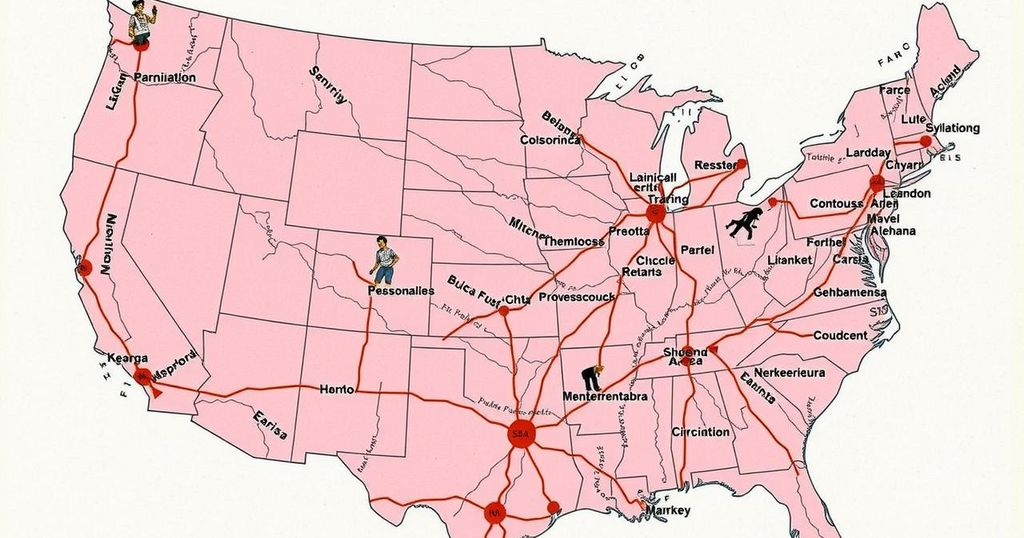Corruption and Chaos in Colorado’s 1904 Gubernatorial Election
The 1904 Colorado gubernatorial election was marred by widespread fraud, intimidation, and ballot stuffing. Alva Adams, the Democrat, initially won by over 10,000 votes, yet incumbent James H. Peabody refused to concede, leading to a political crisis. Ultimately, Lieutenant Governor Jesse McDonald became governor, amidst what is referred to as Colorado’s most corrupt election.
In 1904, the gubernatorial election in Colorado descended into chaos marked by extensive fraud, intimidation, and ballot stuffing. Democrat Alva Adams initially appeared to triumph over incumbent Republican James H. Peabody, having garnered over 10,000 votes more than his opponent. However, Peabody’s refusal to concede and the subsequent influence of a Republican-controlled legislature overshadowed the electoral process. The culmination of this unprecedented political turmoil resulted in multiple transitions of power, ultimately leading to Lieutenant Governor Jesse McDonald being sworn in as the state’s governor by March 17, 1905. This election is widely regarded as the most corrupt in Colorado’s history, with alarming instances of voter misconduct and intimidation being reported across the state, particularly in strongholds of Democratic support. Reports indicated that in several precincts, more votes were cast than there were registered voters, highlighting the extent of electoral malfeasance. Furthermore, threats from mine owners against laborers who supported Adams were rampant, reinforcing the challenging political landscape. As allegations of a corrupt conspiracy mounted, with claims of incompetence surrounding ballot counting, the integrity of the electoral process was undeniably compromised, leaving a contentious legacy in Colorado’s political history.
The 1904 gubernatorial election in Colorado was set against a backdrop of labor unrest, as the state grappled with significant strikes and violence between workers and mining corporations. Governor Peabody, having previously campaigned on a platform of law and order, was closely aligned with mining interests. His administration faced strong opposition from Democrats and unions, with Alva Adams emerging as a popular challenger. The election itself became a focal point of legal and political battles, further complicated by a lack of trust in the voting process resulting from widespread reports of voter fraud and intimidation.
The tumultuous 1904 gubernatorial election in Colorado serves as a stark reminder of the pervasive issues of corruption and electoral manipulation that can undermine democracy. Despite Alva Adams’s apparent electoral victory, the refusal of James H. Peabody to concede and the landscape of bribery and intimidation led to a governance crisis. Ultimately, Jesse McDonald was appointed governor amidst the political strife, encapsulating the chaotic nature of this election. This historical episode illustrates the critical need for electoral integrity and accountability to preserve democratic principles.
Original Source: www.gjsentinel.com




Post Comment